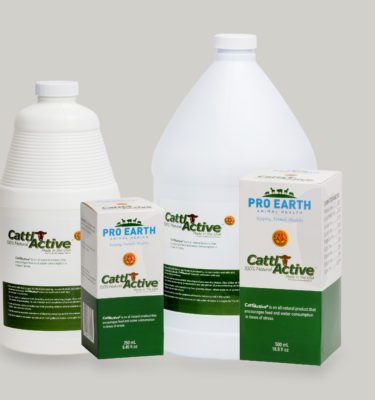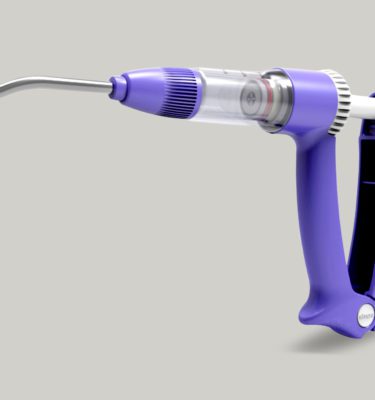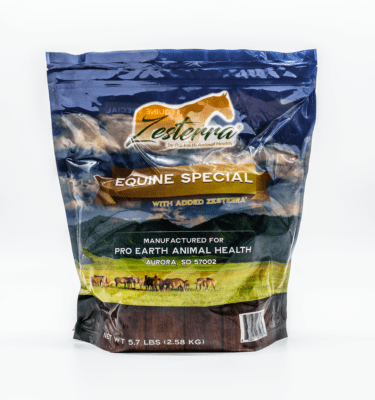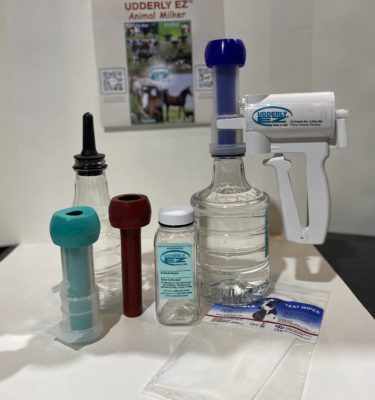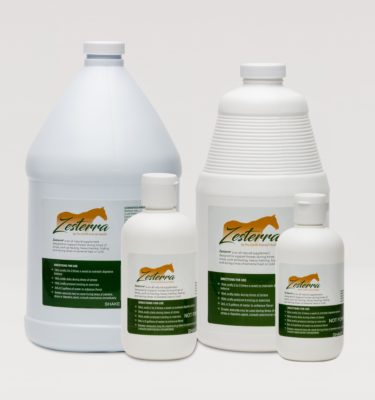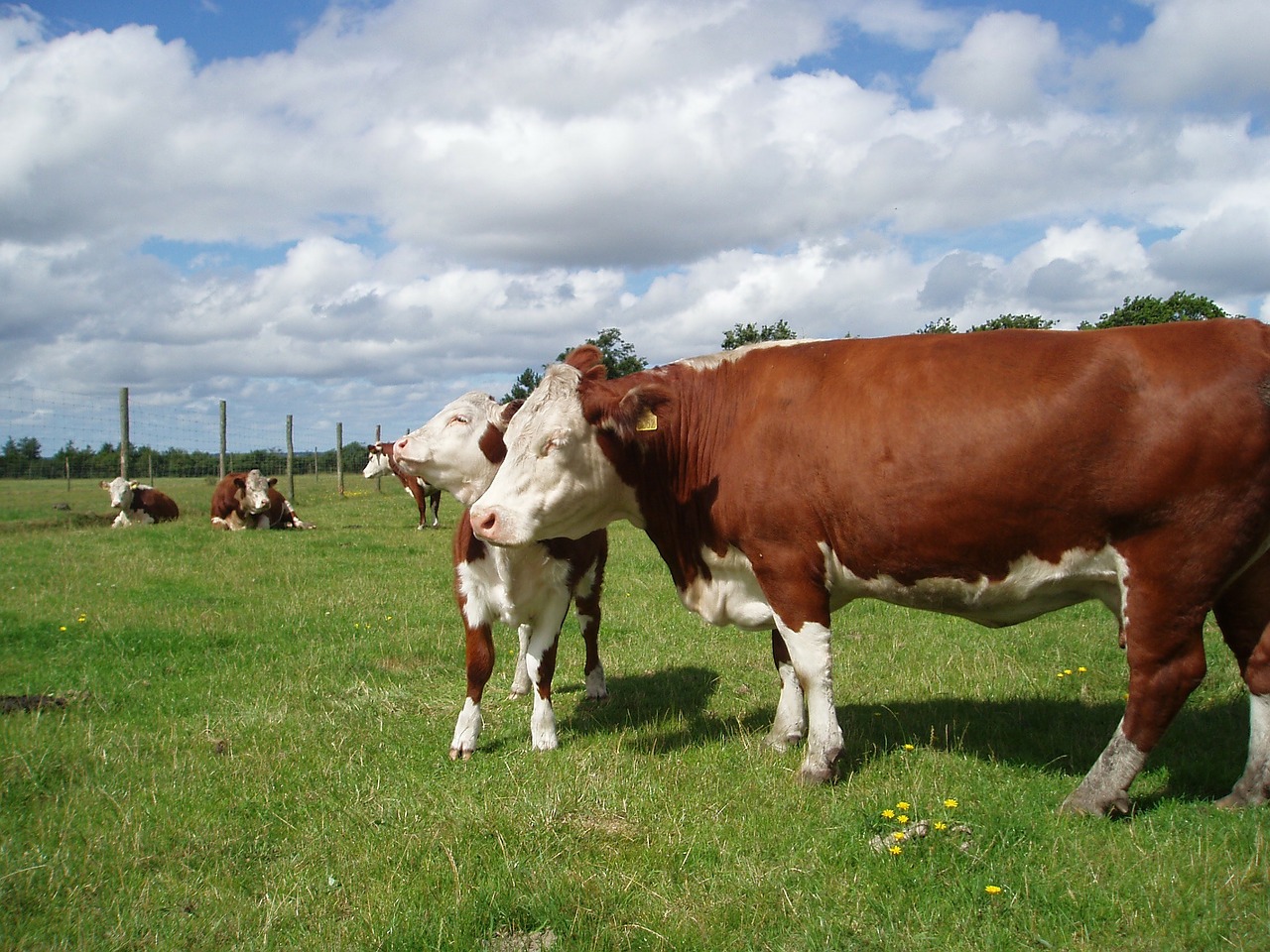
The concept of using a metaphylaxis protocol for your herd may seem like a win-win situation at first glance. You medicate to prevent outbreaks of contagious and harmful diseases, thus getting ahead of any problems that may arise. Unfortunately, it’s not this simple. There are several factors that play into the proper use and implementation of a metaphylaxis, not to mention the associated cost and risk analysis that must be done to ensure that it’s a prudent and feasible move for your herd’s maintenance.
What Is a Metaphylaxis?
Simply put, a metaphylaxis is a mass medicating of a herd or portion of a herd to prevent or minimize the impact of an infectious disease. It becomes much more complicated when you start taking into account the types of diseases you’re trying to prevent, the ages of the cattle you’re medicating, their current health status, etc. For the sake of this article, though, a focus will be placed on the herd of average health, body condition and stress level.
How Does Metaphylaxis Work?
The premise of metaphylaxis is that it prevents a disease from spreading through a group of animals that might otherwise be at risk. By starting a group (or entire herd) on antimicrobials against a potential outbreak, the prevalence of infection goes down exponentially, basically killing the pathogen as soon as it encounters the animal’s bloodstream.
For example …
Say your feeding herd is 100 head and you need another 20 to meet your quota. If you buy 12 different calves at auction, then pick up another eight from a ranch on your way back, you are bringing 20 new animals into your herd and 20 chances for exposure to a brewing pathogen. Imagine that one of those calves from the auction is carrying calf pneumonia. Without metaphylaxis, your entire 100 head is at risk of contracting pneumonia.
If just a quarter of the herd catches the disease, that can lead to major production losses and a much lower rate of live weight gain, not to mention increased mortality rates. This is a highly conservative estimate — in some cases, entire herds have contracted diseases in a fairly short period of time due to close quarters, communal water and feed sources and lack of husbandry.
On the other hand, assume that you started your metaphylaxis prior to bringing the new calves home. Your herd is all on a preventative dose of antibiotics, meaning that even though the one calf is ill, the rest (except for the 17 new ones) have a much greater chance of being able to fight the infection with both their own immune systems and the aid of the antibiotics in their systems. The new calves are started on antibiotics as soon as they’re loaded onto the trailer, so they, too, have a much slimmer chance of developing a full-blown infection.
Weighing Your Options
While starting every single cow on antimicrobials at the first threat of infection sounds like an ideal solution, it is, in reality much more difficult than that. The factors that play into this are outlined below.
Cost: The average cost of administering a metaphylaxis to a cow in your herd needs to be taken into account before undertaking such a big mass medicating. Other considerations in this realm include what the mortality rate for the disease being fought is, what kind of impact it can truly have on production with versus without the metaphylaxis and whether it will have an impact on meat or milk quality and saleability.
Biological impact: The threat of antimicrobial resistance is very real. It warrants taking a close look at how much your herd may benefit from metaphylaxis and whether it’s worth the chance of developing antimicrobial resistance to future outbreaks.
Efficacy: Treating the whole herd versus just those animals that are at risk is always a consideration that should be carefully examined. If the majority of your herd is healthy, it may be wiser on the fiscal front to pull and treat the most at-risk animals while working to maintain and even strengthen the natural immune systems of your healthy animals.
Vaccination programs: How strong is your vaccination program? Are you vaccinating at optimum times and ensuring the strongest immunity possible to diseases such as BRD? Is there a chance of preventing more and different infections with an enhanced vaccination program? What would be the cost benefit in the long run?
Choosing the Right Time
The key to metaphylaxis is using it selectively. Obviously, you don’t want to be medicating your herd regularly, as this is not only costly but can also have a negative effect on long-term production (such as disturbed rumen balance, which leads to a whole other series of issues) and the ability for your herd to naturally fight off disease. Staying up to date on the potential outbreaks in your area, in addition to handling incoming cattle accordingly, can go a long way towards being able to choose when and why you will need to implement a metaphylaxis protocol.
While there is no silver bullet for preventing disease in your herd, it is possible to strengthen their overall immunity through proper handling practices, good husbandry and high-quality feed, including plenty of rumen-supporting roughage. This can help slow down the speed at which a disease may spread throughout your herd, while keeping their systems primed in the event that a metaphylaxis is needed.
Related Posts
Vaccinations Ineffective? It May Be More Than A Storage Issue
Prudent Use of Antibiotics for Vaccine Efficacy
How to Secure Your Herd Health for Vaccination Efficacy
Stress and Cortisol Can Undermine Your Herd Vaccination Programs


